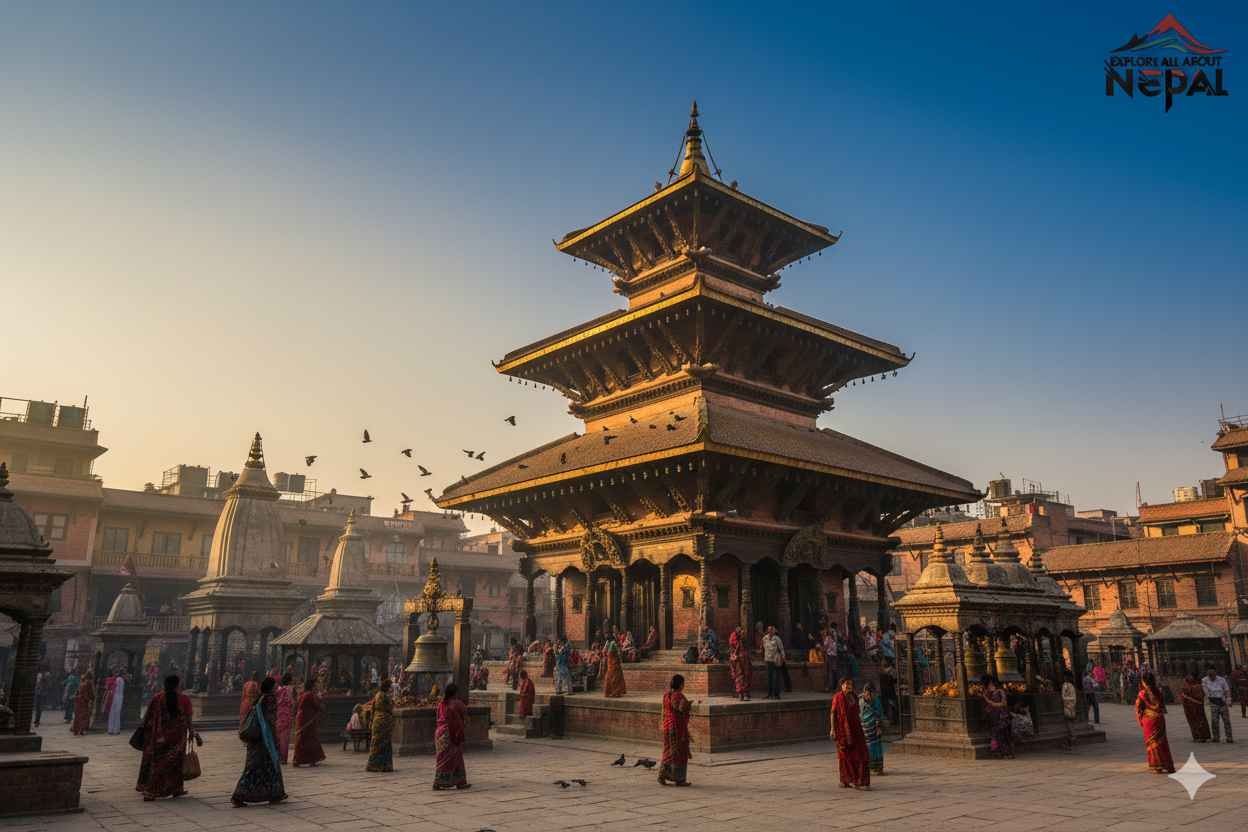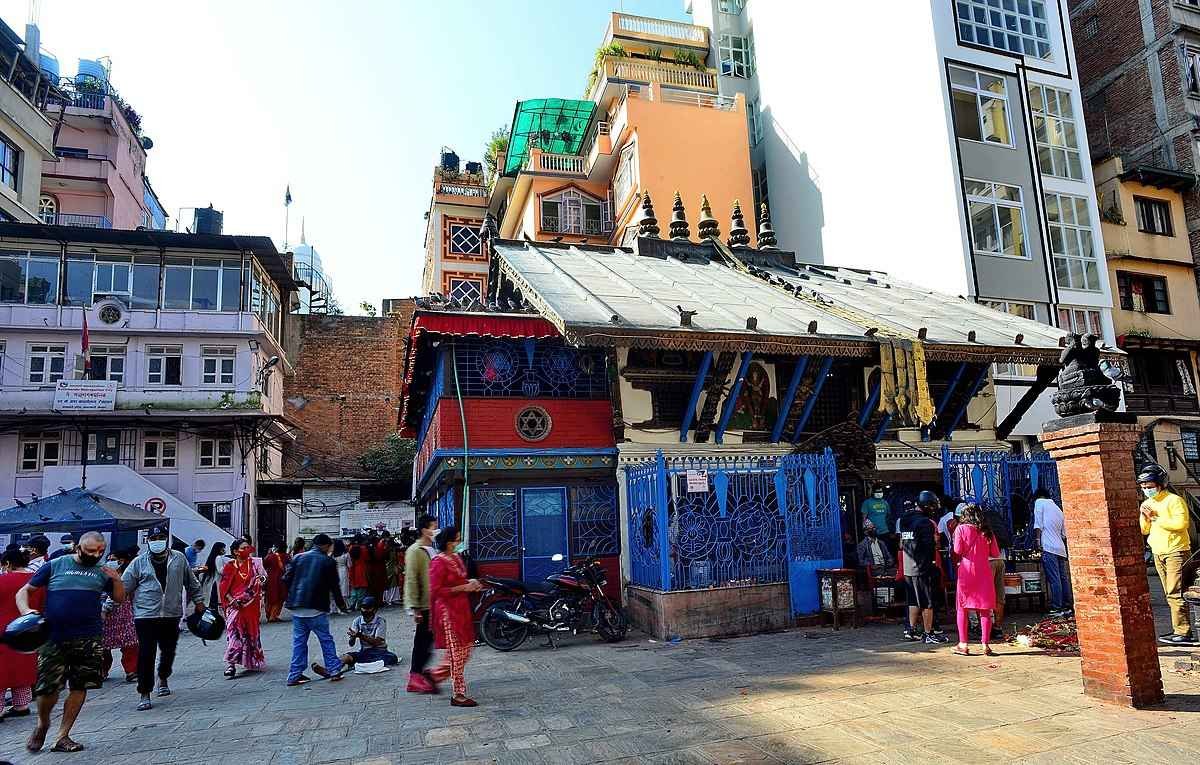
Sankata Mandir
Nepal is home to countless temples, but few hold as much cultural and spiritual significance as Sankata Mandir. Located in the heart of Kathmandu, this sacred shrine is dedicated to Goddess Sankata, a powerful deity believed to protect devotees from obstacles, misfortune, and dangers. Unlike larger temples frequented by tourists, Sankata Mandir remains deeply connected to local traditions, making it a must-visit for those seeking spiritual insight and authentic cultural experiences in Nepal.
For first-time visitors, understanding the history, rituals, and practical details of Sankata Mandir enhances both the experience and appreciation of this revered site.
History of Sankata Mandir
The origins of Sankata Mandir are steeped in legend and folklore. The temple is dedicated to Goddess Sankata, considered a protector against negative influences and unseen dangers. Historically, devotees have turned to the temple to seek relief from personal struggles, illness, or misfortune.
According to local beliefs, the goddess is both fierce and benevolent—capable of removing obstacles while rewarding sincere devotion. This dual nature is reflected in the temple’s iconography and the rituals performed by priests and devotees alike.
The temple has stood for centuries, serving as a spiritual anchor for the people of Kathmandu. Over time, it has also become a hub for festivals, traditional ceremonies, and religious gatherings.
Location and How to Visit
Sankata Mandir is situated in Te Bahal, Kathmandu, easily accessible from Thamel and the central city area. Despite its urban location, the temple exudes a sense of calm and devotion.
How to Reach Sankata Mandir:
By Taxi or Private Car: A convenient option for travelers coming from Thamel or Patan.
By Public Transport: Local buses and microbuses frequently pass through the area.
Walking: If you are staying nearby, walking provides an immersive experience through the historic streets of Kathmandu.
The temple is open throughout the day, though mornings and late afternoons are the best times for a peaceful visit, avoiding the busiest prayer hours.
Festivals and Rituals
Sankata Mandir hosts several important religious events throughout the year, attracting devotees from across Kathmandu and beyond.
Key Festivals:
Dashain and Tihar: During these major Nepalese festivals, devotees flock to offer prayers for protection and prosperity.
Sankata Puja: A dedicated day for Goddess Sankata when special rituals are performed by priests.
Common Rituals:
Offerings: Devotees bring flowers, incense, and small amounts of rice or sweets.
Lighting Butter Lamps: Symbolizing the removal of darkness and obstacles.
Prayers for Protection: Many worshippers request the goddess to safeguard their family, health, and business ventures.
These rituals are integral to the spiritual life of Kathmandu’s residents and highlight the temple’s continued relevance in modern times.
Beliefs and Local Practices
Local devotees believe that visiting Sankata Mandir can bring relief from misfortune and challenges. Some practices include:
Circumambulation: Walking clockwise around the temple three times while chanting prayers.
Fasting and Devotional Offerings: Done on specific holy days to gain favor from Goddess Sankata.
Consultation with Priests: Priests provide guidance on rituals, timing, and personal spiritual concerns.
Many locals recount stories of personal transformation, improved health, or success in business after sincere worship at Sankata Mandir, reinforcing its reputation as a temple of protection.
Visitor Tips
To make the most of your visit to Sankata Mandir, consider these tips:
Best Time to Visit: Early mornings or late afternoons for a quieter, more meditative experience.
Dress Code: Modest clothing is recommended; remove shoes before entering the inner sanctum.
Photography: Ask for permission before taking photos, especially during rituals.
Nearby Attractions: Te Bahal and Kathmandu Durbar Square are close by, making it easy to combine sightseeing with a spiritual visit.
Respect Local Customs: Observe prayer practices respectfully and avoid loud conversations within the temple grounds.
By following these simple tips, visitors can fully appreciate the spiritual and cultural significance of Sankata Mandir.
Sankata Mandir is more than just a temple—it is a spiritual haven where locals and travelers alike can connect with the protective power of Goddess Sankata. From its rich history and sacred rituals to the heartfelt devotion of its worshippers, the temple offers a unique insight into Nepalese spirituality.
For anyone visiting Kathmandu, exploring Sankata Mandir provides not only a deeper understanding of local culture but also a chance to participate in centuries-old traditions. Whether you are seeking blessings, cultural enrichment, or simply a quiet moment of reflection, Sankata Mandir is a must-visit destination that embodies the living heritage of Nepal.


